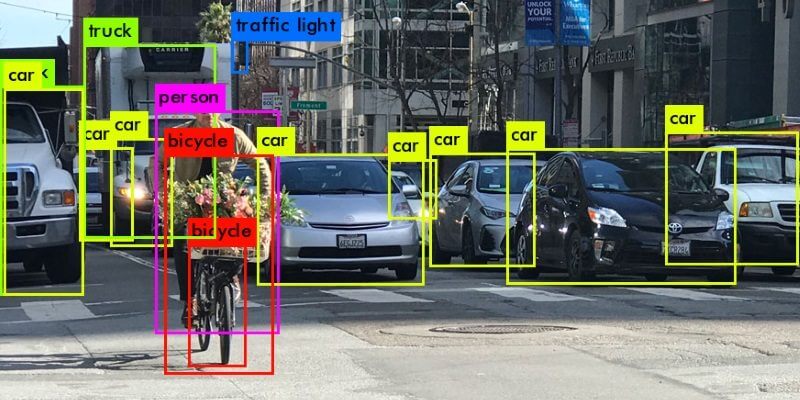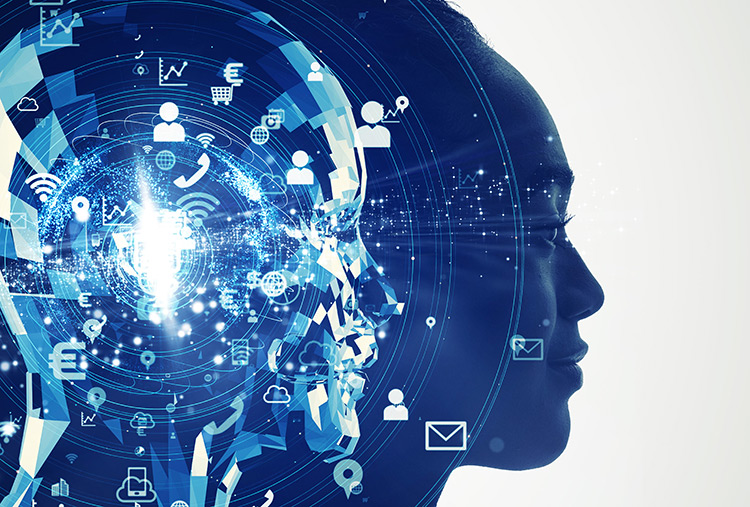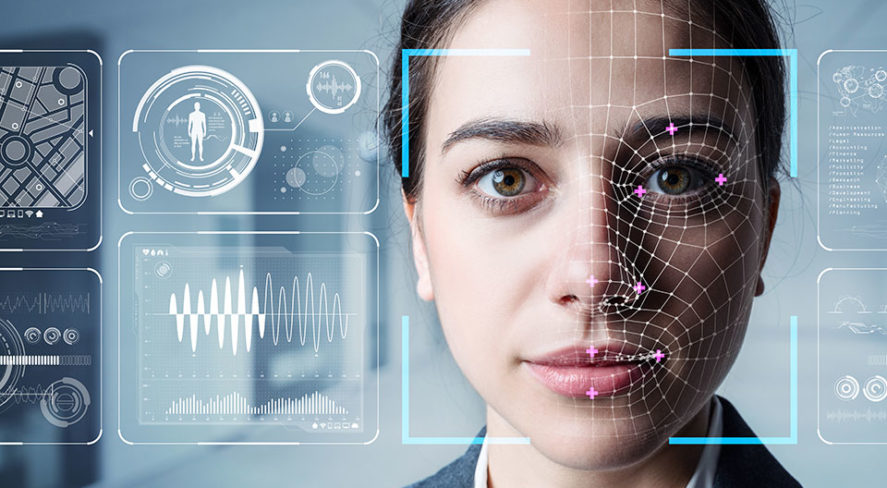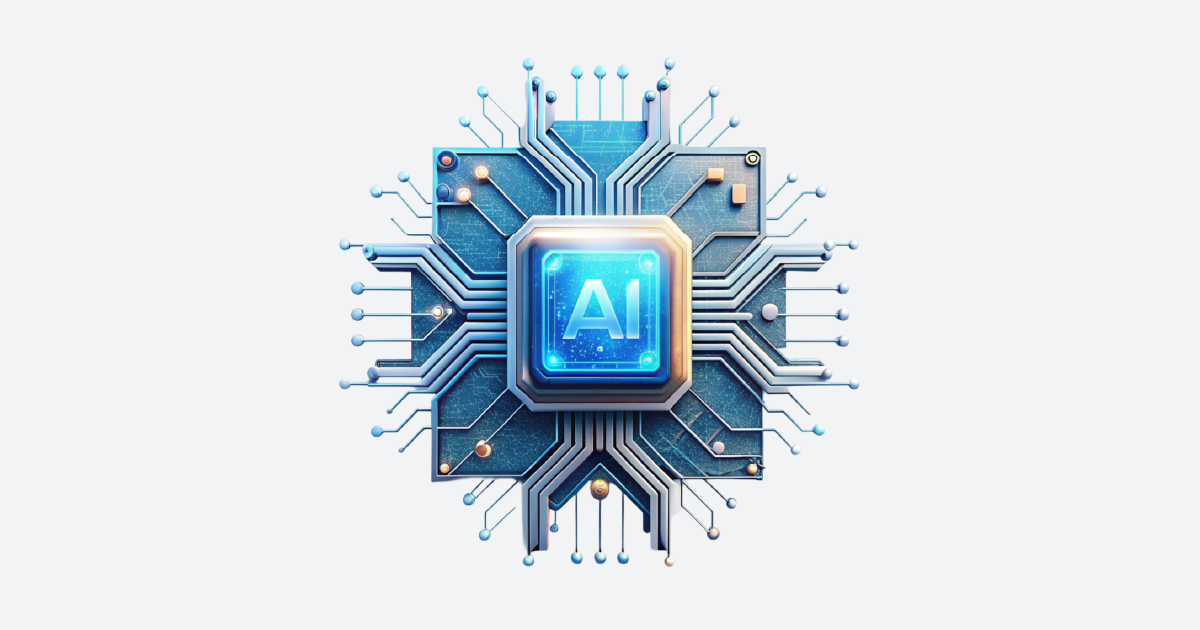Artificial intelligence (AI) has revolutionized numerous industries, and one area where its impact is particularly profound is image recognition. This technology enables computers and machines to analyze and interpret visual information, replicating the human ability to perceive and understand images. In this article, we will explore the concept of artificial intelligence image recognition, working principles, challenges, advancements, and the future of this exciting field.
What is Artificial Intelligence Image Recognition?

Artificial intelligence image recognition refers to the ability of machines to analyze and comprehend the content of images. By leveraging advanced algorithms, neural networks, and deep learning techniques, AI systems can recognize objects, scenes, faces, and even emotions depicted in images.
The Role of Deep Learning in Image Recognition
Deep learning plays a crucial role in AI image recognition. It involves training neural networks with large datasets to learn hierarchical representations of images. Convolutional Neural Networks (CNNs) are a popular deep learning architecture used for image recognition tasks. These networks are designed to automatically extract meaningful features from images and classify them accurately.
How Artificial Intelligence Image Recognition Works
AI image recognition involves several key steps:
1. Image Acquisition
- The process begins with acquiring images through cameras, scanners, or other devices. These images can be captured in various formats, resolutions, and lighting conditions.
2. Pre-processing
- Before analysis, the acquired images undergo pre-processing. This step involves normalization, resizing, noise reduction, and other techniques to enhance the quality and consistency of the images.
3. Feature Extraction
- In feature extraction, the AI algorithm identifies relevant patterns and features in the pre-processed images. This step involves transforming the images into numerical representations that the algorithm can process.
4. Classification
- The final step is classification, where the AI model assigns labels or categories to the images based on the extracted features. This allows the system to identify and recognize the content of the images accurately.
Challenges in Artificial Intelligence Image Recognition
Despite significant advancements, artificial intelligence image recognition still faces several challenges:
1. Limited Training Data
- Training AI models require large amounts of annotated data. However, obtaining high-quality labeled images for all possible scenarios can be challenging, limiting the system’s ability to generalize and recognize diverse images accurately.
2. Adversarial Attacks
- Adversarial attacks involve making imperceptible changes to images that can mislead AI systems. These attacks exploit vulnerabilities in image recognition models, leading to incorrect predictions. Mitigating adversarial attacks is an ongoing challenge in the field.
3. Interpretability and Bias
- Deep learning models often lack interpretability, making it challenging to understand how they arrive at certain predictions. Moreover, biases present in the training data can lead to biased outcomes, reinforcing social or cultural prejudices.
Advancements in AI Image Recognition
Several advancements have contributed to the progress of AI image recognition:
1. Convolutional Neural Networks (CNNs)
- Convolutional Neural Networks (CNNs) have revolutionized image recognition tasks. These deep learning architectures, inspired by the human visual system, can automatically learn and extract relevant features from images.
2. Transfer Learning
- Transfer learning enables AI models to leverage pre-trained networks on large datasets and adapt them to new image recognition tasks. This approach reduces the need for extensive training and improves performance, even with limited data.
3. Generative Adversarial Networks (GANs)
- Generative Adversarial Networks (GANs) have made significant contributions to image synthesis and augmentation. GANs can generate realistic images, which can be used to enhance training datasets and improve the performance of image recognition models.
4. Attention Mechanisms
- Attention mechanisms allow AI models to focus on specific regions of an image, emphasizing the most relevant features. This attention-based approach enhances the accuracy and interpretability of image recognition models.
The Future of AI Image Recognition

The future of AI image recognition is promising. Continued advancements in deep learning, increased availability of labeled datasets, and improvements in hardware will drive the development of more accurate and efficient image recognition systems. AI image recognition will find applications in fields like augmented reality, robotics, healthcare diagnostics, and more.
Case Study: AI Image Recognition Enhances Security in Smart Homes

The Challenge
A smart home technology company wanted to improve its security system for smart homes to enable real-time recognition of potential threats. The traditional motion sensor had some limitations:
- False Alarms: Pets or objects were triggering the alarm to the system many times, which was distracting for the users.
- Limited Detection: The alarm wasn’t able to differentiate between the normal visitor and the potential intruder.
- Manual Monitoring: Users needed to review all the recorded videos to be able to identify suspicious activity.
The Solution
The company decided to integrate AI-powered image recognition into its camera systems. To enhance security, be able to recognize specific objectives, behaviors, and individuals in real time.
- Training the AI:
- The AI model was trained to recognize different images. With using images for pets, objects, people, and suspicious actions.
- An advanced deep learning model like Convolutional Neural Networks (CNNs) was integrated to ensure high accuracy.
- Real-Time Detection:
- The cameras were providing live streaming videos. Recognizing different objects, and familiar faces, and detecting unusual movements.
- Alerts were sent to the users when there was suspicious activity, like an unidentified person entering restricted areas.
- Smart Features:
- The system was able to differentiate between pets, humans, and objects to minimize false alarms.
- The integration of the cameras with the mobile app, helped the users to receive alerts and view live footage instantly.
The Results
After implementing AI image recognition, the smart homes system delivered significant improvements.
- Reduced False Alarms:
- The AI system reduced the false alarms by 90%. As it was able to recognize the moving objects, pets, and real threats.
- Enhanced Security:
- The real-time alerts enabled faster responses to any real threats, to improve home safety.
- Improved User Experience:
- The users enjoyed the integration of the camera with the mobile app. To provide a better experience to stay aware of any updated related to their home safety.
- Market Success:
- The success of the security system improved customer satisfaction, leading to a 25% increase in sales.
Key Takeaways
- Custom Detection: The ability of AI to recognize all the movements and differentiate them, led to a reduction in unnecessary alerts.
- User-Friendly Integration: The mobile app provided the users with a better experience, helping them to control their security.
- Competitive Edge: The advanced AI features, helped the company to stand out in the market.
This case study helped to show how the integration of AI image recognition technology could improve the smart home industry. With the ability to provide smart homeowners a better experience to secure their homes. With the ability to adjust to the user’s needs and lifestyles.
Conclusion
AI image recognition has transformed the way computers perceive and understand visual information. Its applications span across various industries, including healthcare, security, transportation, e-commerce, and content moderation. Although challenges exist, advancements in deep learning and AI techniques are continuously improving the accuracy and capabilities of image recognition systems.
To experience the power of artificial intelligence image recognition firsthand, we invite you to request a demo from AIM Technologies. Witness how our cutting-edge technology can enhance your business operations, improve security measures, and provide valuable insights from visual data. Don’t miss out on the opportunity to revolutionize your industry with AI image recognition.
FAQs
1. How does artificial intelligence image recognition work?
- AI image recognition involves acquiring images, pre-processing them, extracting relevant features, and classifying the images using AI algorithms.
2. What are the challenges in artificial intelligence image recognition?
- Challenges include limited training data, adversarial attacks, and interpretability and bias in AI models.
3. What are the advancements in artificial intelligence image recognition?
- Advancements include convolutional neural networks (CNNs), transfer learning, generative adversarial networks (GANs), and attention mechanisms.
4. What does the future hold for artificial intelligence image recognition?
- The future looks promising, with further advancements in deep learning, increased availability of labeled datasets, and improved hardware driving the development of more accurate and efficient image recognition systems.




